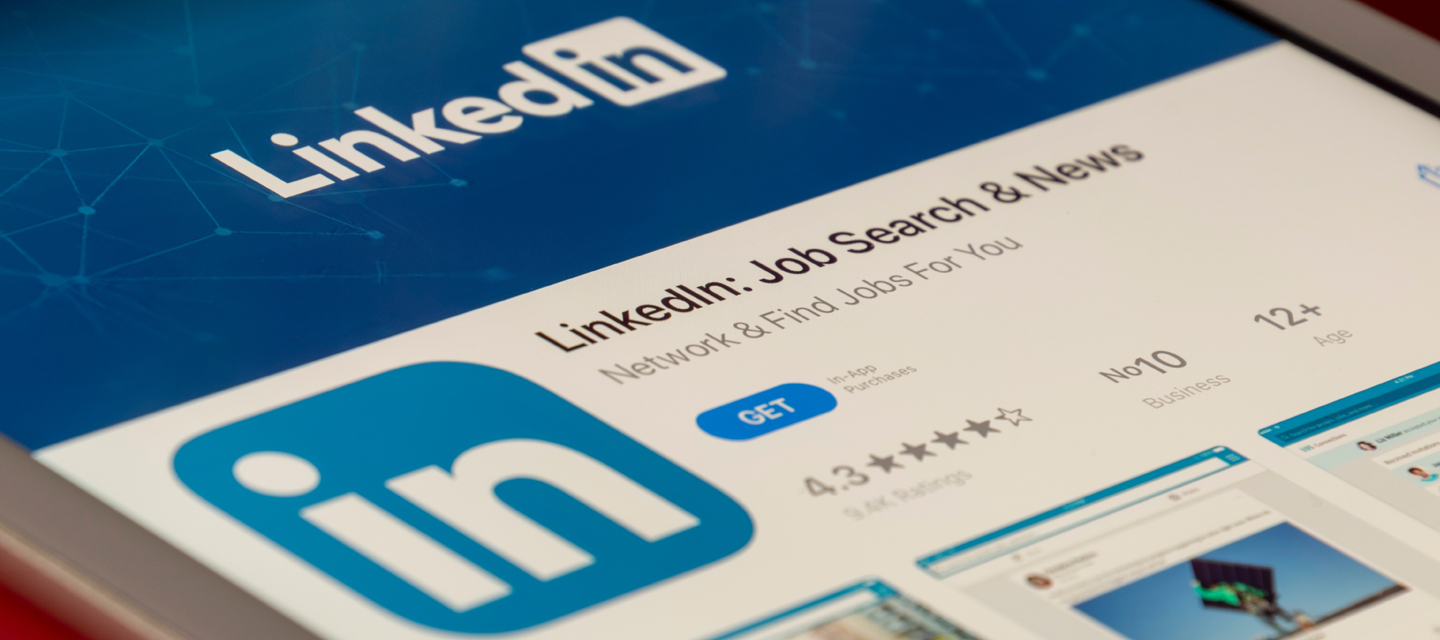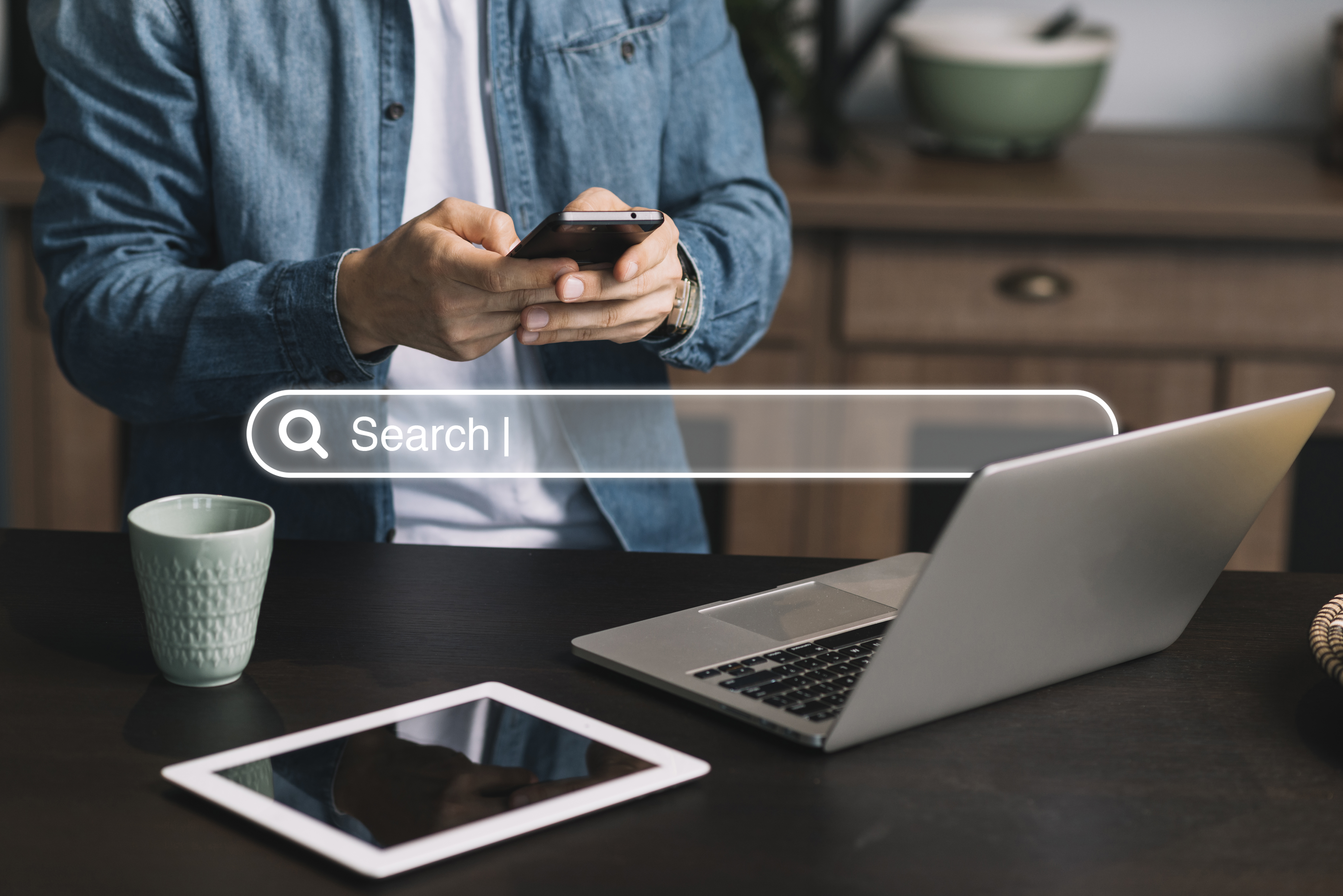Ecommerce website design for different buying styles
How can you plan for the many different shoppers so that you can be prepared to convert them to customers at any time?

Designing and developing an ecommerce website seems pretty straightforward, doesn’t it? Display the products and prices, provide a shopping basket and payment portals, and you’re done. Or are you?
A simple ecommerce site may be easy enough to launch, but will it reach all your buyers at any time? With so many different shopping styles and personalities out there, you can be sure your simplified design leaves a chunk of buyers out in the cold. How can you plan for the many different shoppers so that you can be prepared to convert them to customers at any time? We’ve got some suggestions for design that can help.
Impulse shoppers
The impulse shopper doesn’t want to see all the product descriptions and dimensions. They need images of the products in various colours, lifestyle shots of people using those images, and testimonials or reviews that prove how loved the products are.
To reach this shopper, capitalize on bright, bold colours, images, fonts, and copy. Hide the descriptions behind tabs so that others can find them when needed. This buyer doesn’t need anything that might talk them out of the purchase. If you have celebrity endorsers, keep those visible wherever possible. This buyer wants the prestige of owning the product, so make sure they know how cool they are for buying it.

The impulse shopper doesn’t want to see all the product descriptions and dimensions
Detail-orientated shoppers
In stark contrast to the impulse shoppers are those who are very detail orientated. They need to know everything they can about the products before they make a purchase.
Have all information easily accessible, from sizes and colours to good and bad reviews. They’ll weigh the pros and the cons, read all the descriptions, check social media for other opinions, and maybe even order a sample, if it’s possible. FAQ pages, suggested links, tutorials, statistics, and any other information that might prompt a purchase should be easily found on every product page.

Have all information easily accessible, from sizes and colours to good and bad reviews.
Hesitant buyers
Whether they’re waiting for payday or just a good excuse to make a purchase, hesitant buyers can be pretty tough to serve. One day they’ll put a few items in their shopping basket and then abandon it. The next day they might come back and remove all but one product. Sometimes they’ll even complete a purchase. For the most part, however, those who hesitate wait too long and miss out.
A wish list is a great way to keep those who wait on the hook. Instead of filling baskets and abandoning them, these shoppers can add those items to a wish list. You can then send them reminders or let them know when those products are on sale. Timely coupons and discounts can also help move those items from the wish list to the shopping cart. By instilling a sense of urgency with deadlines and limited offers, you might just make the sale.

Timely coupons and discounts can also help move those items from the wish list to the shopping cart
Paralysed buyer
An ecommerce site with a lot of choices sounds like a great idea, right? The problem is that too many choices often paralyse buyers. Those who are looking for something specific might be able to cut through the noise. The rest will become overwhelmed pretty quickly and move along.
Plenty of filters can help you overcome the choice paralysis problem. Keep in mind, though, your buyers rely on you to make a lot of the choices for them. First, be picky about the products you offer. Make sure they fit your brand and your vision. Then offer the filters. Suggesting purchases that might fit can also carry you a long way with a paralysed buyer.
This certainly involves a lot more than a straightforward, simple ecommerce website, doesn’t it? There are a lot of people you have to consider when deciding on website features and design. What other buyer types might you experience, and how would you ensure they finish the purchase?

Your buyers rely on you to make a lot of the choices for them
————————
About the author
Corey Beale
LinkedIn: https://www.linkedin.com/in/coreybeale/
Corey is a Senior Director of Customer Growth at HubSpot, an Award-winning, acquisition-focused sales professional with expertise in leading teams to exceed goals and coaching individual contributors to reach new levels of excellence.
More insights from the team


